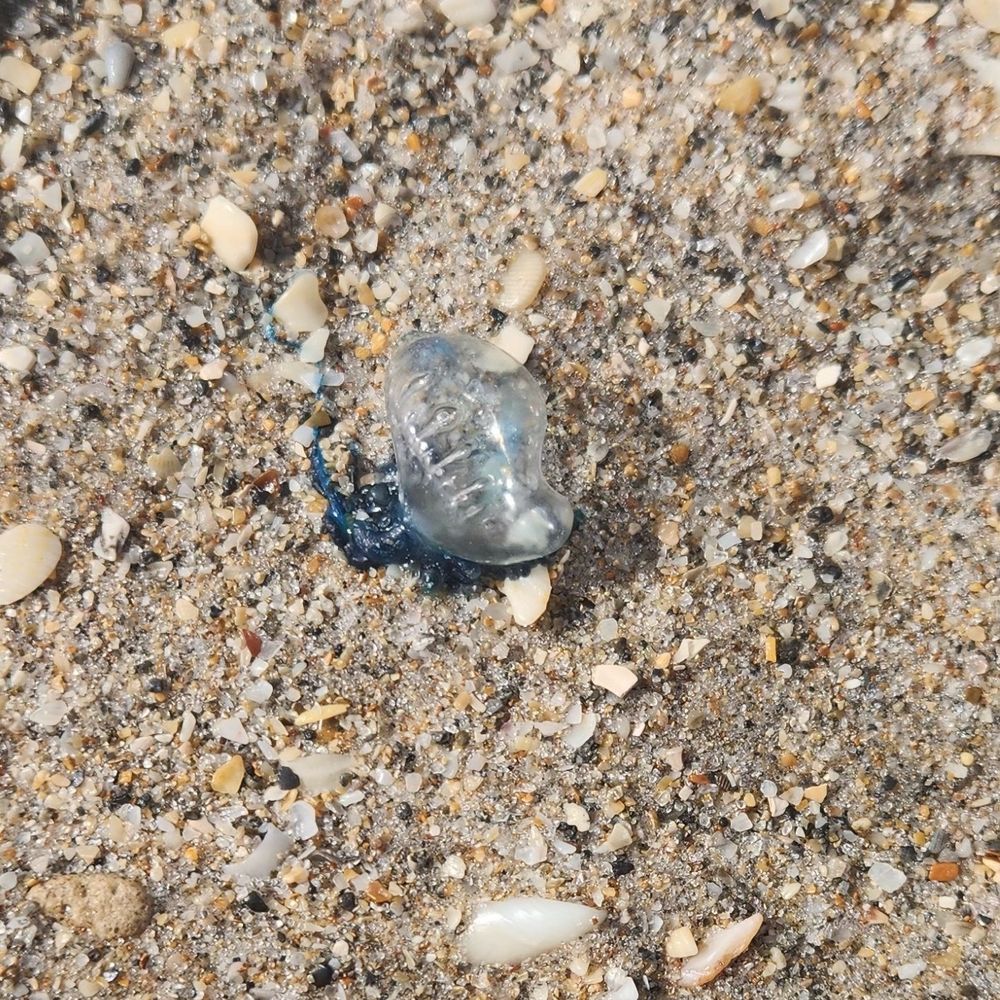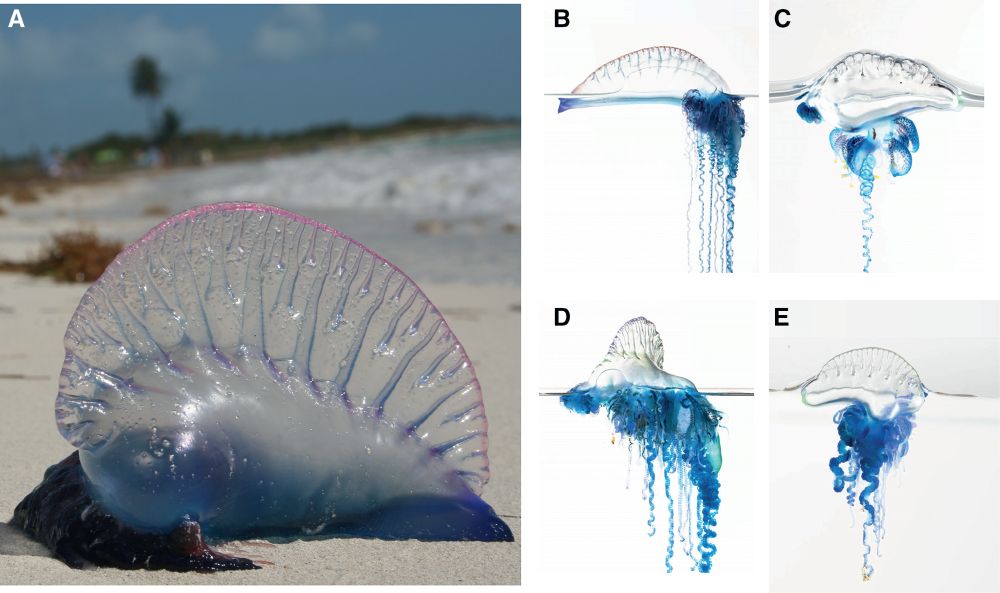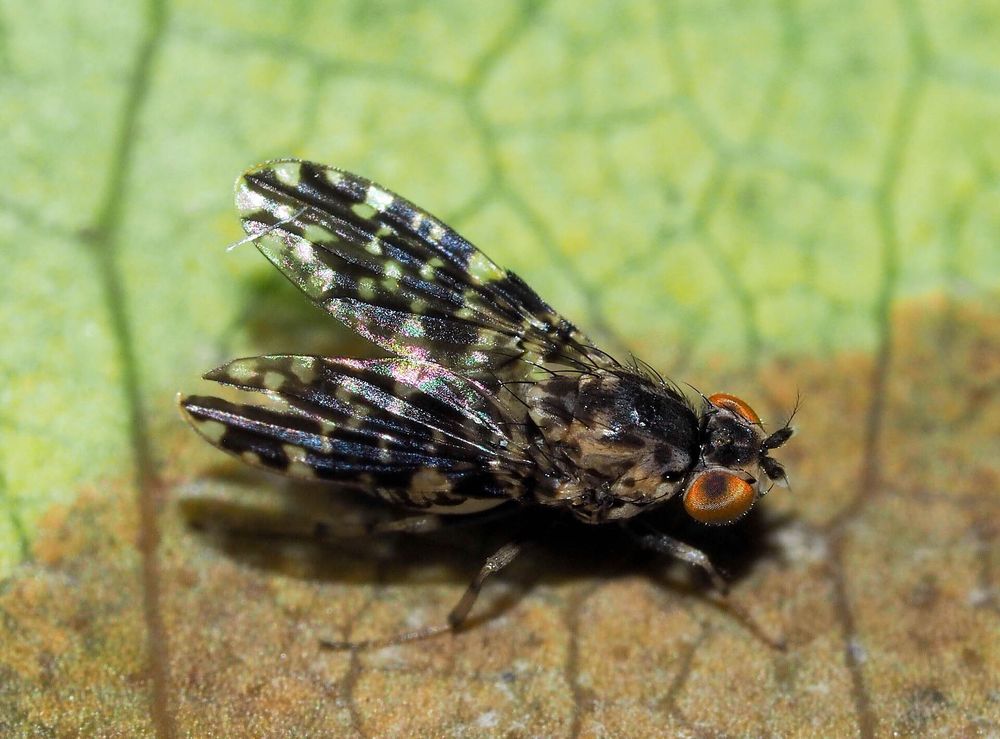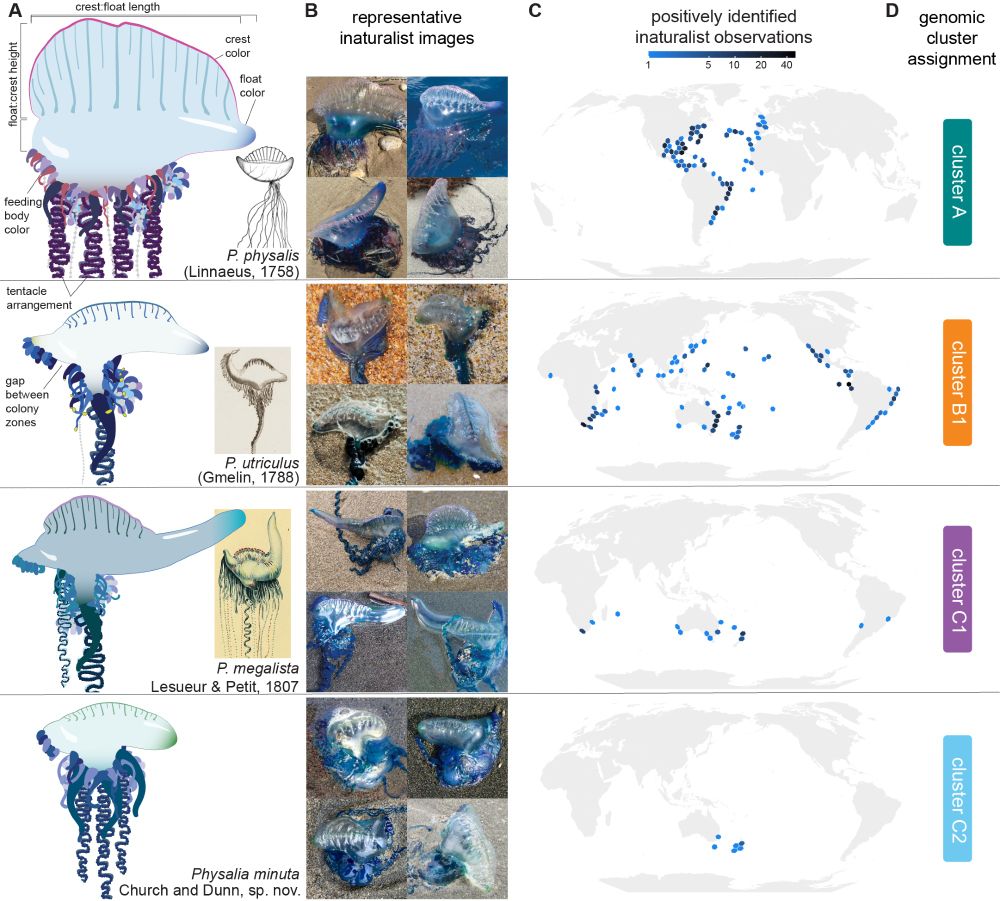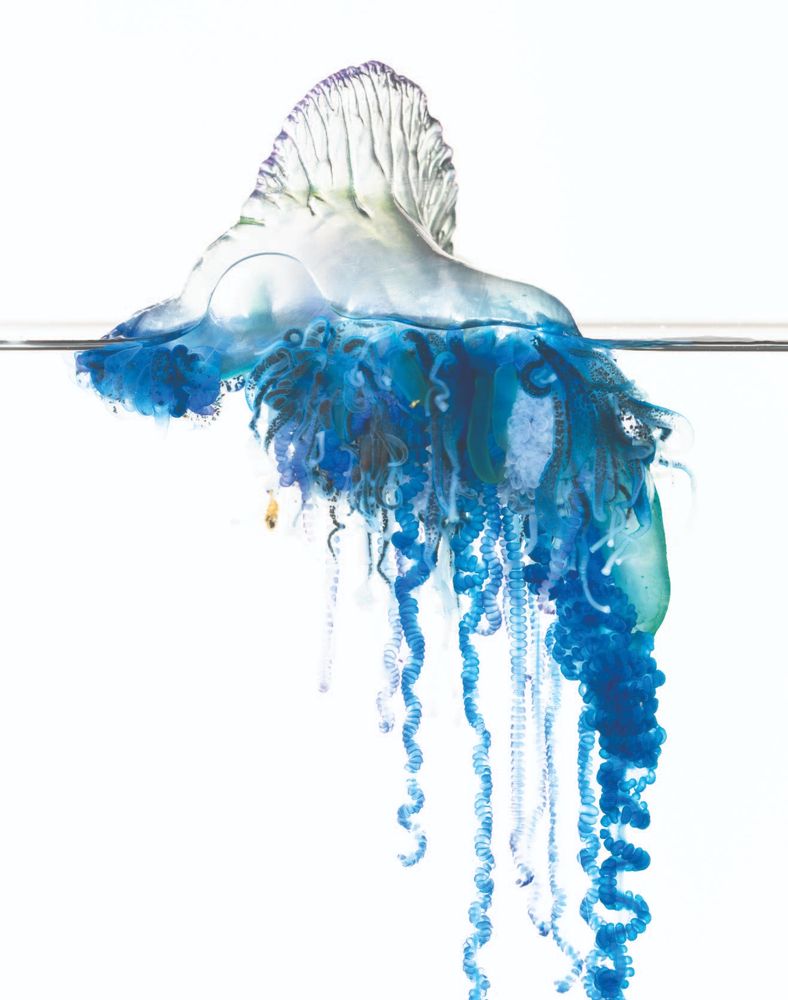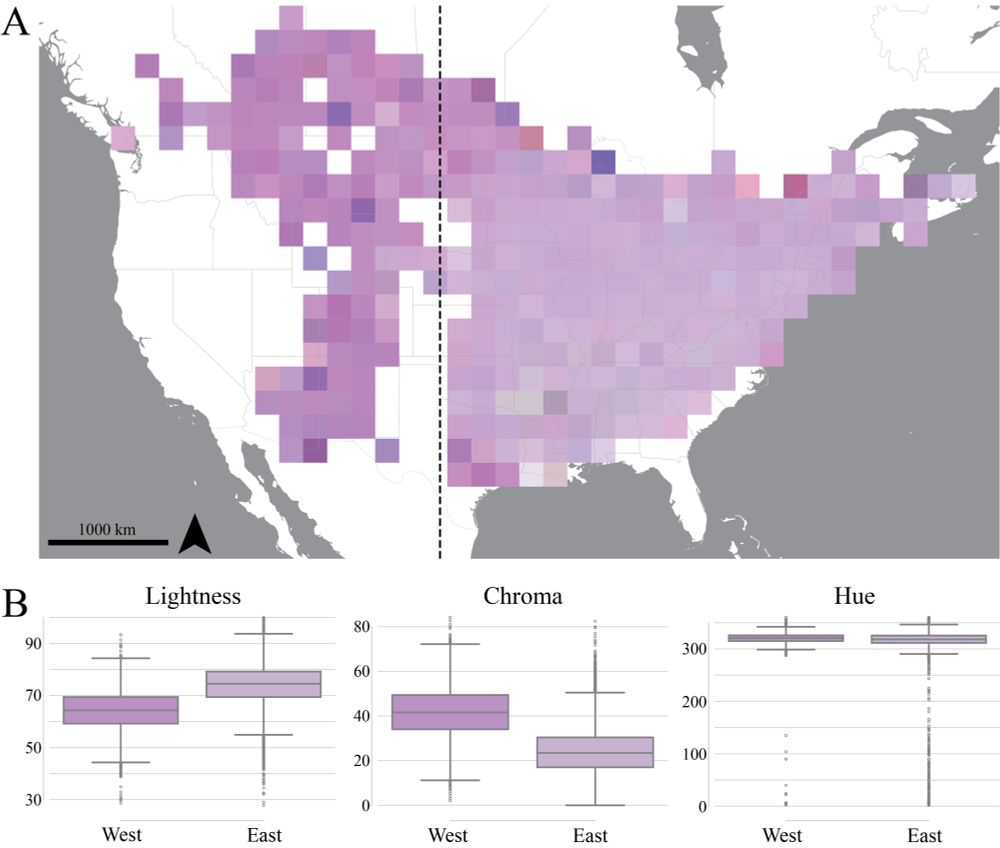Samuel Church
@shchurch.bsky.social
200 followers
220 following
10 posts
evolutionary biologist at NYU Biology, lab website: https://shchurch.github.io/
Posts
Media
Videos
Starter Packs
Reposted by Samuel Church
Reposted by Samuel Church
River B Abedon
@rbabedon.bsky.social
· Aug 19

From surfacing to stranding: The origins and dispersal dynamics of a neustonic siphonophore
The siphonophore Physalia physalis regularly strands along the US East Coast, yet the dynamics driving its seasonal and geographic distribution in this region remain poorly understood. Building on a n...
www.biorxiv.org
Reposted by Samuel Church
Dr Sian Gramates
@drglam.bsky.social
· Aug 11
Reposted by Samuel Church
Samuel Church
@shchurch.bsky.social
· Jun 23
Samuel Church
@shchurch.bsky.social
· Jun 19
Samuel Church
@shchurch.bsky.social
· Jun 19
Samuel Church
@shchurch.bsky.social
· Jun 19
Reposted by Samuel Church

